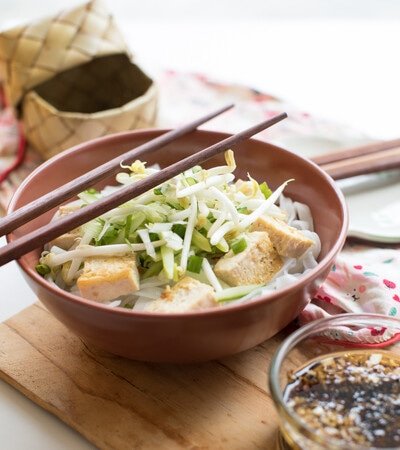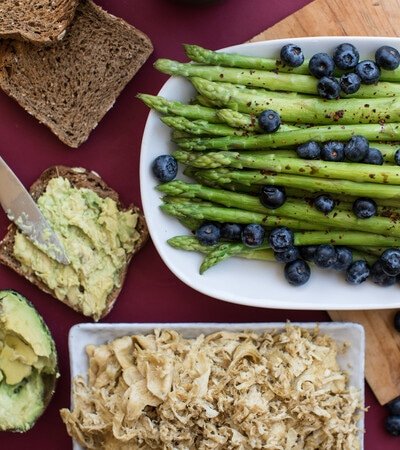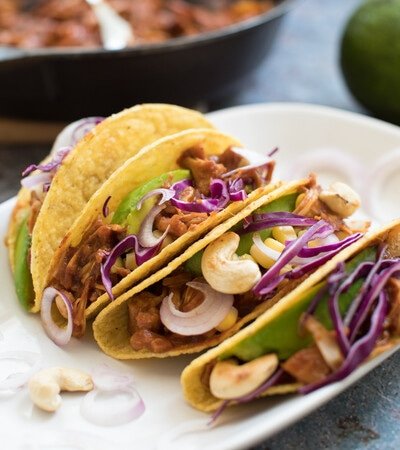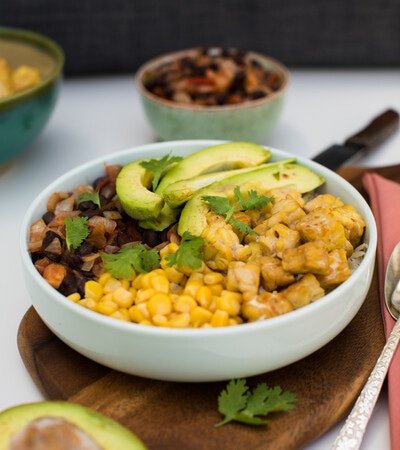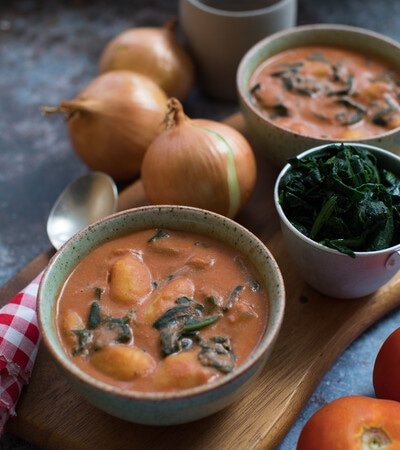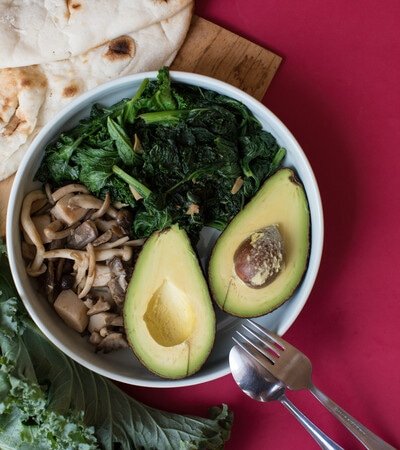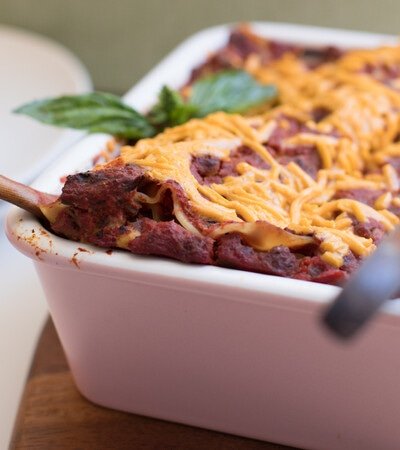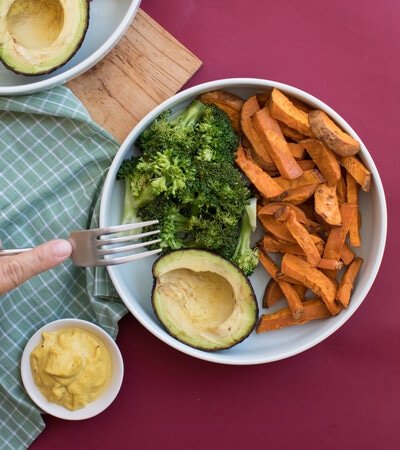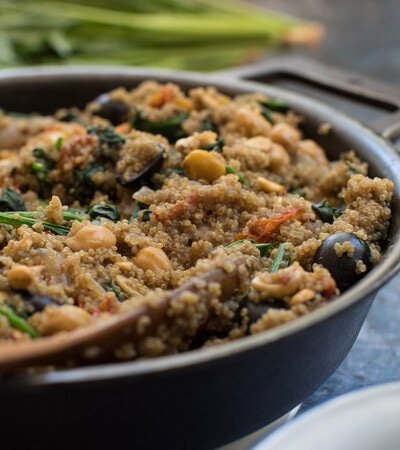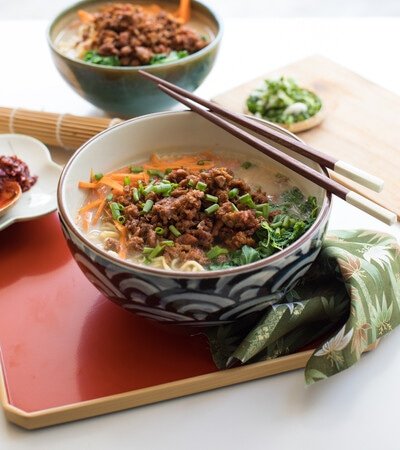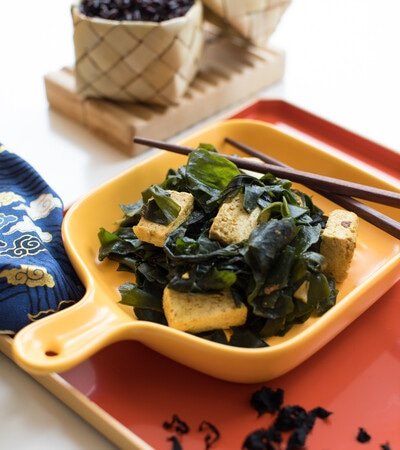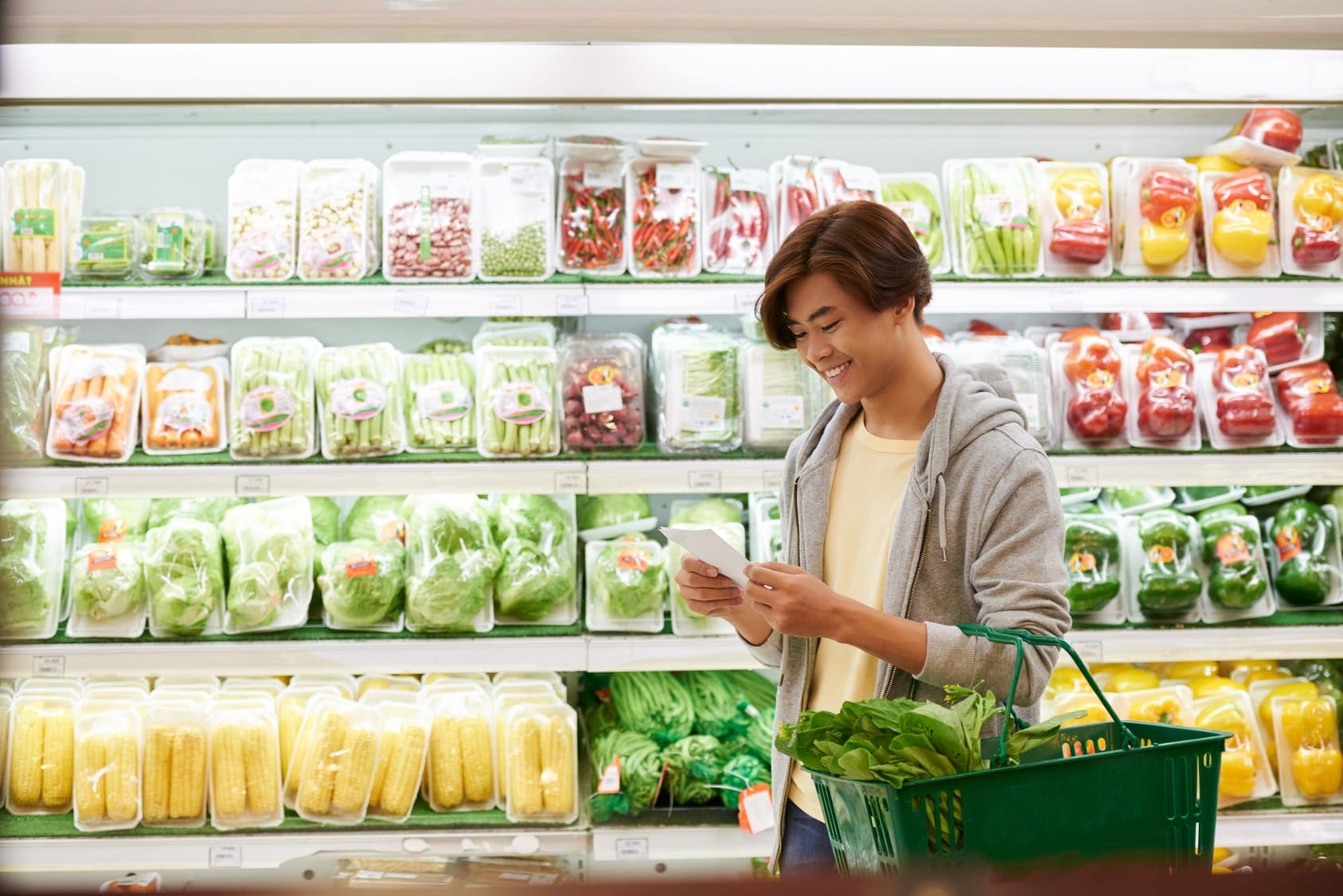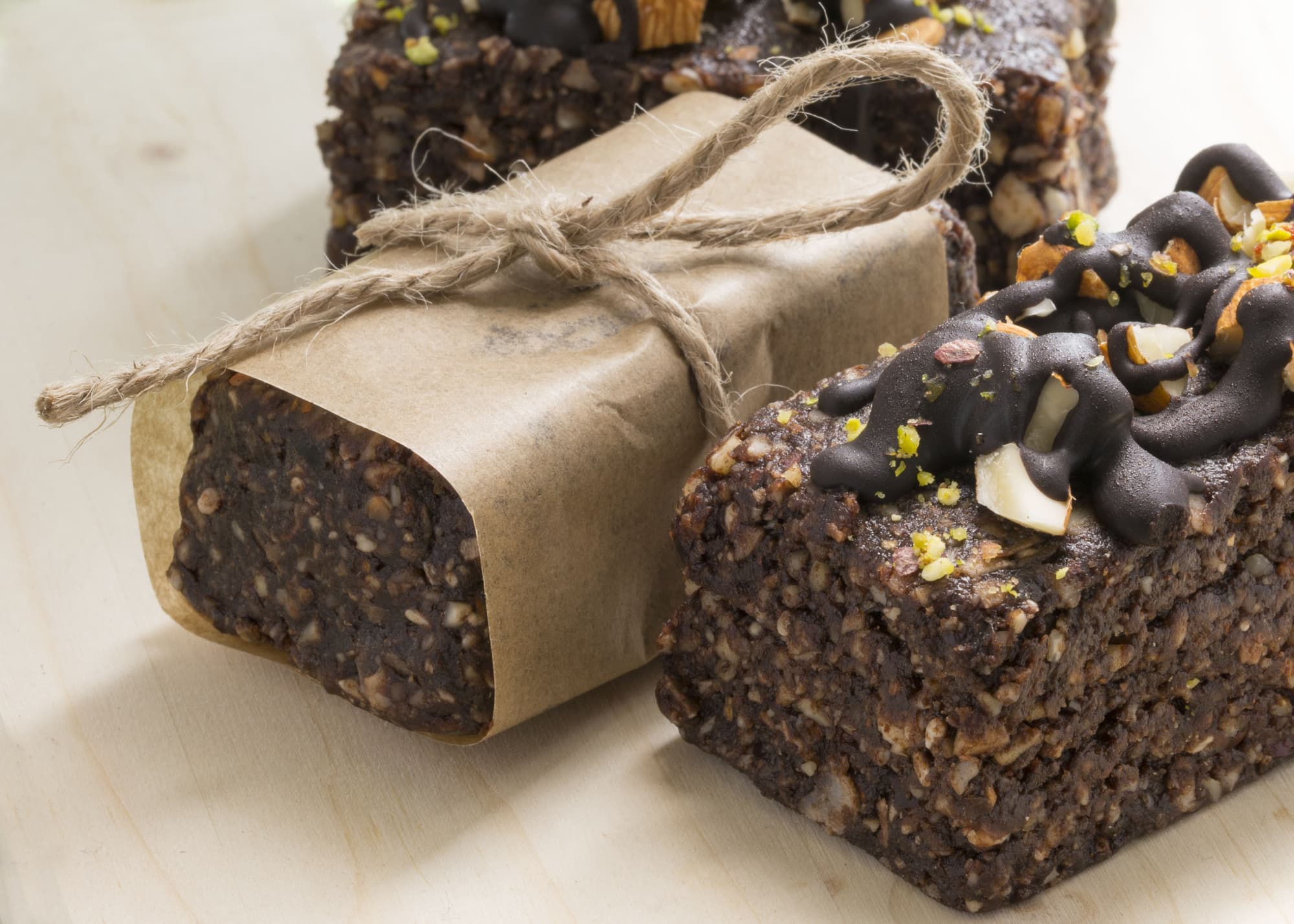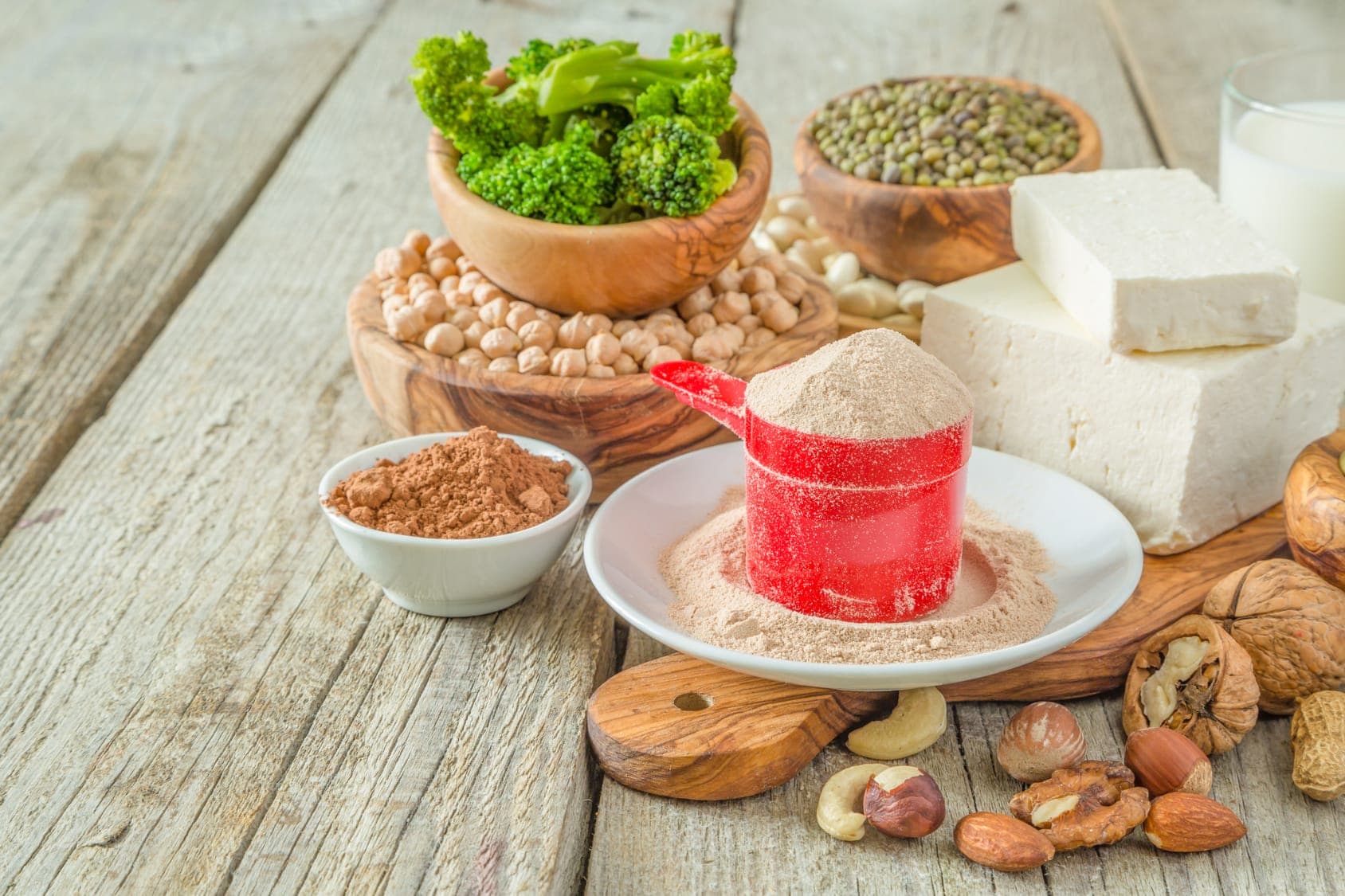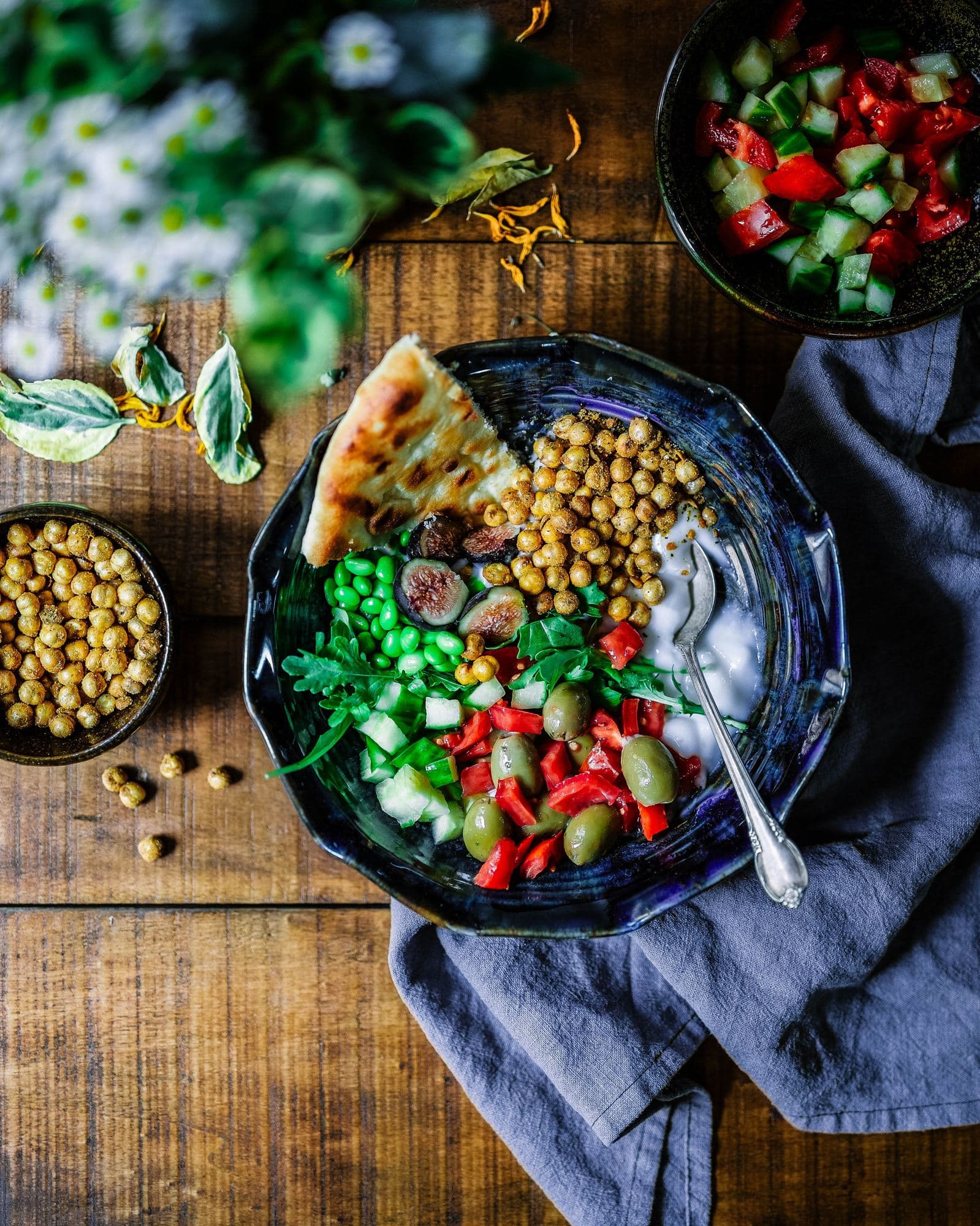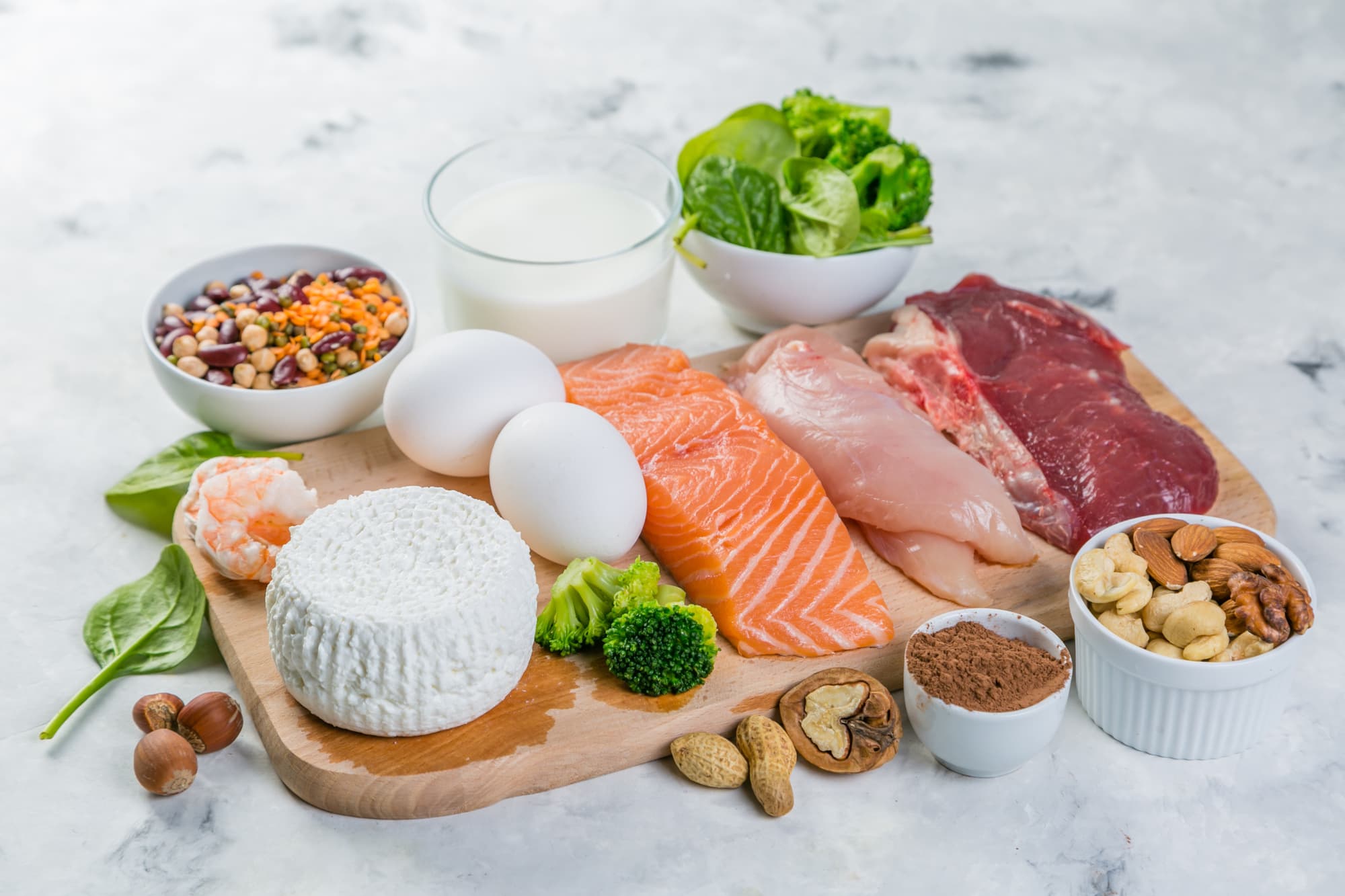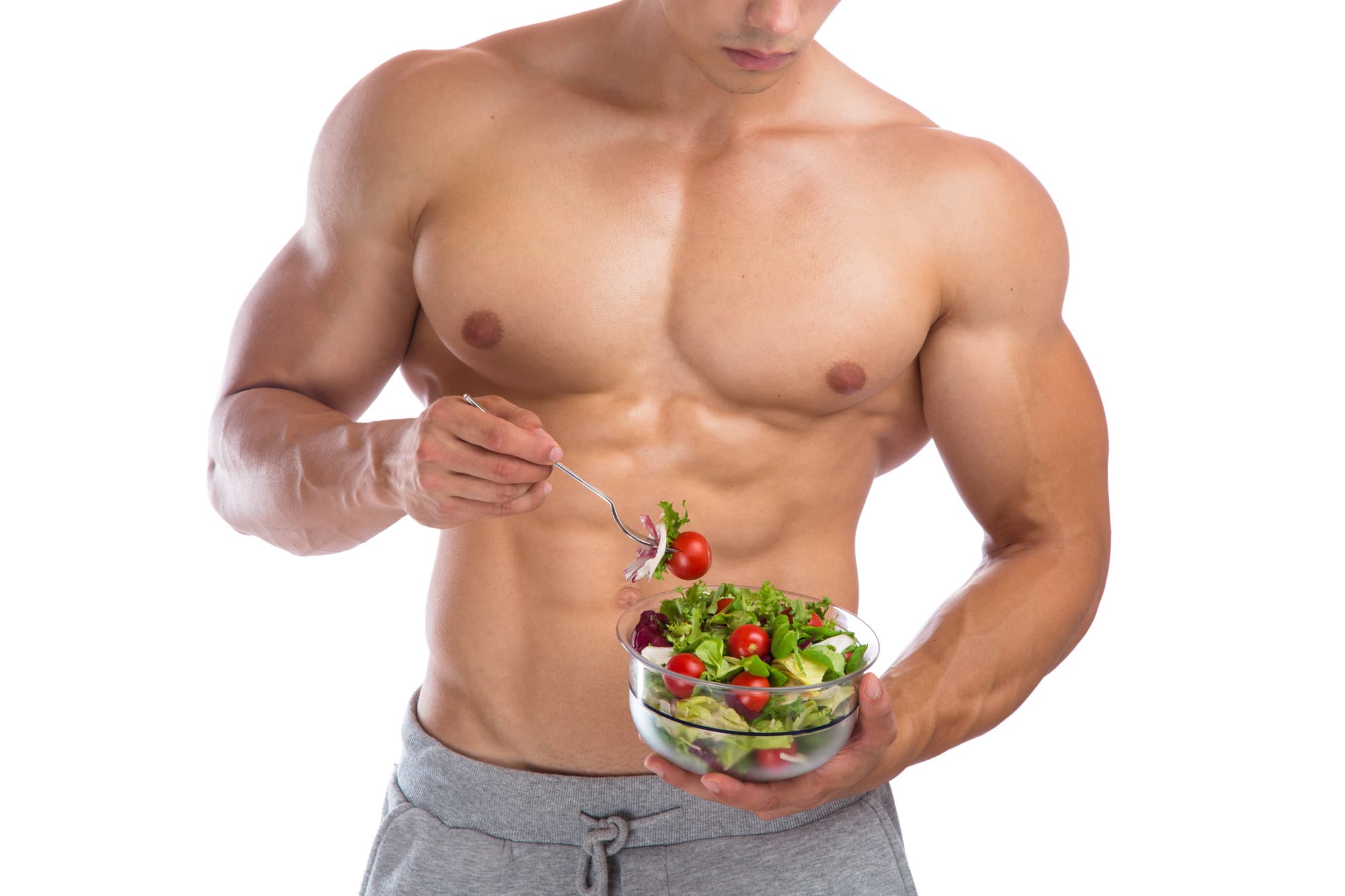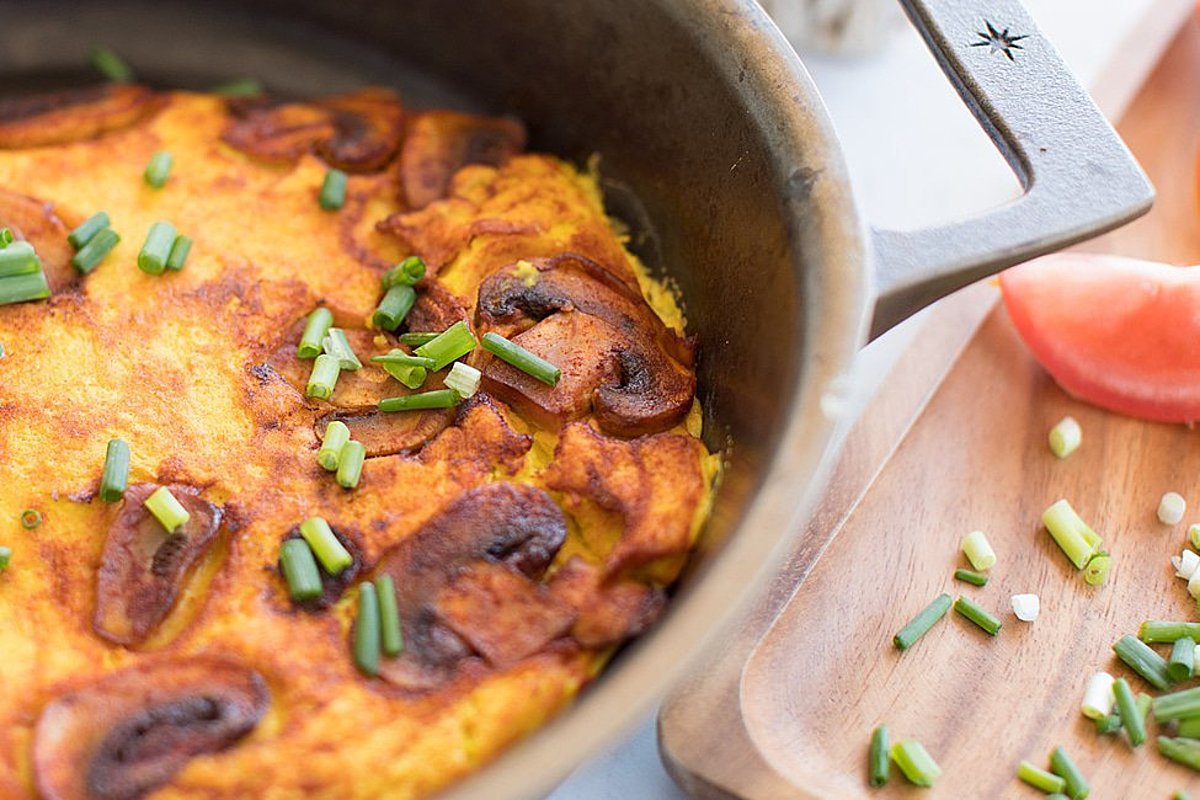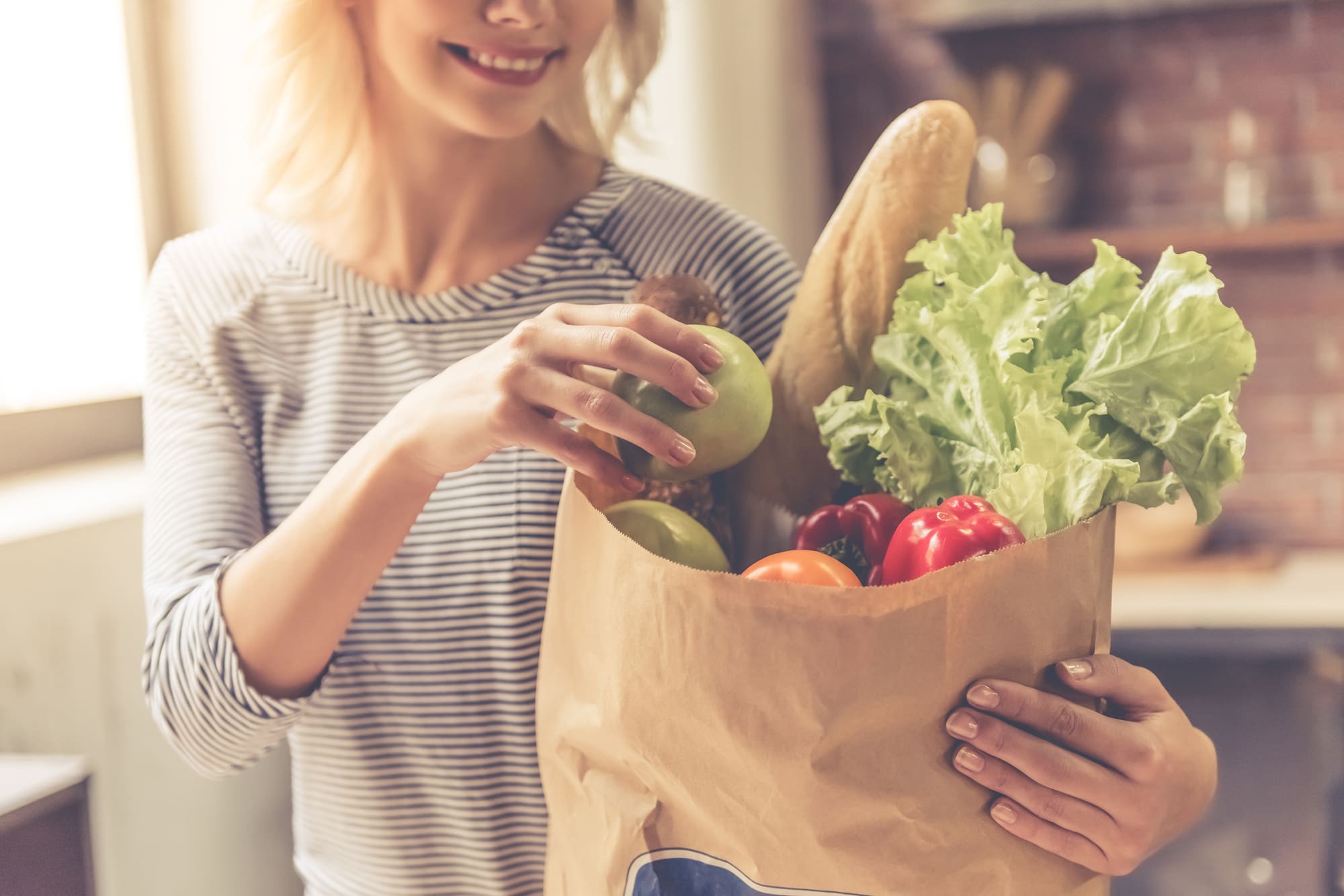
Word Count: 1728
Time to Read: 9 minutes
Veganism is more than a food industry fad. It is a lifestyle choice that benefits the mind, body, and, some say, the environment.
But, it is not the easiest way of life to attain.
Going vegan means cutting out all animal products from your diet.
What you’re left with, though, is a plethora of plant-based alternatives to choose from. You can explore the world of vegan cheeses and nice-creams, which are just a few modifications to many of the things you think you’ll miss.
Such adjustments allow you to enjoy the best of both worlds. You can savor most of your favorite plates while noticing the positive differences veganism makes.
Are you concerned about getting all your nutrients, though?
Not to worry - many plants are high in vitamins, fibers, fats, carbs, and yes, even proteins! To better understand the plant protein world, let’s take a look at plant protein vs. animal protein.
Understanding a Protein
Before diving into the differences of plant protein vs. animal protein, it pays to understand what this nutrient even is and the role it plays in the body.
The Making of a Protein
Amino acids make a protein.
This sounds simple enough, but the catch is the body needs around 20 different kinds of aminos to perform regular functions.
The body can make non-essential acids on its own. It just needs the help of a proper protein intake for the essential acids to complete the process.
Those who are on the pro-meat side of the plant protein vs. animal protein argument say animal proteins are more complete. In this context, “complete” refers to the abundance of essential aminos found in animal protein.
The right plant-based meal planning can counter this argument, though.
This is even more effective with vegan supplements like iron, calcium, essential vitamins, and of course, aminos.
How the Body Uses Protein
Protein is involved in pretty much everything the body does.
It makes your hair, nails, and new skin cells grow. It helps regulate your blood and rebuilds muscles and cartilage after an accident - or just a tough workout. It makes hormones and enzymes to make you feel different energy levels and emotions.
All of these functions are reasons why protein is a macronutrient. Your body needs plenty of it to carry out various actions every single day.
But, you can get your intake from plant protein vs. animal protein and feel as you usually would. You might even feel a bit better in your body!
To achieve such a sensation, you have to know what you’re doing. Transitioning into a plant-based diet is about more than throwing out your eggs and ordering veggie burgers.
Here is everything a new vegan needs to understand plant protein vs. animal protein.
The Complete Guide to Plant Protein
Remember all the essential amino acids mentioned above?
Don’t freak out about lacking them with a vegan diet - there are only nine aminos that the body doesn’t produce. These are the essentials, and they can be found in a wide range of foods that aren’t animal products.
More so, it’s important to think of protein in terms of your own body. A man or woman that weighs in at 150 is going to have different daily protein needs than one who weighs even just 15 pounds less or more.
To get your vegan meal planning going, though, take a look at the various sources of plant protein and how you can incorporate them into your diet.
Which Plants Are High Sources of Protein?
Protein comes in many forms in the plant world. But, it is easier to reach your daily goal with some foods over others.
The following are the top plant-based protein sources to keep in mind when considering plant protein vs. animal protein for your diet.
First up is quinoa.
This is a powerhouse when it comes to all the different kinds of grains out there. Quinoa is loaded with about 8 grams of protein in each cup served. Cook it as a base for your next stir-fry or grind it into a flour for muffins, pancakes, and more!
Next up on the list of top plant-based protein contenders is the combination of rice and beans. Note, for the best results, you have to eat them together.
This is because beans are known for having an average amount of protein on their own, but they still lack some aminos to be complete. When paired with rice, your body gets the remaining amino acids necessary in one sitting.
Another high-protein, delicious combination is peanut butter and bread. The secret here is the pairing of legumes and kinds of wheat. It’s kind of an alternative to the rice and beans mix above.
Spread two tablespoons of peanut butter on plain bread for a simple sandwich. This makes a great snack on-the-go, pre- or post- workout, and tastes even better with a few banana slices tossed in there.
You can also toast the bread in the morning for a spread of avocado toast and peanut butter toast. Either way, you can be sure the necessary amino acids are in each variation.
Other high-protein foods to look out for include:
- spirulina
- lentils
- green peas
- oatmeal
- pumpkin seeds
- edamame
- tahini
Note - not all of these are complete. But, just like the rice/beans and peanut butter/bread combinations above, you can find the perfect pairing to ensure all your aminos are in each meal!
How Do Vegans Get Protein Throughout the Day?
Speaking of your meals, let’s play with putting some of the plant proteins above together. As yummy as some of the suggestions are, you don’t want to be eating peanut butter every single day.
Here are some ways to get through each meal of the day using plant protein vs. animal protein.
Breakfast
Worried about ditching eggs and potentially losing your protein intake? Not a problem, a few simple plant pairings can give you every gram of this macro needed to get your day going.
A great go-to to keep in your kitchen is oatmeal.
You can pair this with peanut butter and bananas or add berries and hemp or chia seeds. To mix things up, use nuts in their raw form instead of as a butter. Don’t forget a bit of cinnamon to top it all off!
Smoothies are another simple yet powerful breakfast idea.
Start with greens, tropical fruits, or a favorite seasonal option like pumpkin. Add flavors that please your taste buds and get the plant protein vs. animal protein job done. This may take some trial and error to get everything just right.
By the way, you can also toss grains like oatmeal in the blender.
For the easiest breakfast to get you out the door, though, bake breakfast treats.
Make your own muffins or nut bars to start the day on time and fueled up. These will be a bit of trial and error as well, but you’ll eventually have the perfect blend of flavors and aminos.
Lunch
Breakfast can only hold you over for so long. When lunchtime rolls around, be ready to eat up with the right foods to get you through the afternoon.
A simple, savory lunch idea to start with is basically anything with quinoa. Quinoa Asian stir-fry, quinoa, and black beans and plantains, quinoa tossed into your favorite salad… the variations go on and on!
Don’t kill the quinoa vibe, though.
One way to mix up your options is with homemade veggie burgers. Start with beans and add a complimentary grain, then some seeds to top everything off.
Or, make everything as easy as can be by creating a salad of leftovers and sprinkling a few drops of an amino acid supplement in your dressing.
Dinner
You may find yourself munching on a fruit bowl or some chia pudding between lunch and dinner. But, when it’s time to eat something more than a snack, make sure you are getting all the protein you need.
Soups and zoodles are some delicious dinner options to start adding to your diet.
You can make a soup out of practically anything.
Save vegetable scraps and make a broth or cook a hearty lentil or another bean base. Maybe get creative with creamy concoctions of pumpkin, tomato, or sweet potato.
The Benefits of Plant Protein vs. Animal Protein
It’s one thing to understand how to use plant proteins in the kitchen every day. It’s another to realize the benefits available for your body over time.
A diet of plant protein vs. animal protein has the potential to do some (or even all) of the following.
Fight Heart Disease
By eating plant proteins, you are reducing the risk of cholesterols and toxins that come with processed meats.
Some people are lowering their risk by eating grass-fed options or locally-caught fish. But, in this case, the best method of reducing risk is to avoid it.
Plants help you do just that. Unless you’re eating french fries and other vegan junk food all the time, you are doing well for your heart health and bloodstream.
Reduce Likelihood of Diabetes
Another bloodstream benefit of eating plant protein vs. animal protein is the reduced risk of diabetes.
Reducing cholesterol risks and blood sugars can often go hand in hand with diabetes. It is not always the case, but it tends to work in the body’s favor.
Keep Obesity at Bay
Weight management on a plant-based diet is twofold.
First, it is partially due to the benefits of heart health and blood levels mentioned above. Second, the right approach to veganism can actually help you feel full throughout the day, reducing the number of random cravings you get.
This is because many high-protein options, like oatmeal, quinoa, and beans, are also high in fiber.
Trading Animal Proteins for a Plant-Based Diet
Ready to see the difference going vegan can have on your body?
Great! Veganism is a beautiful world of delicious flavors and creative pairings.
The best part of transitioning into this lifestyle, though, is that you don’t have to do it alone. Our meal plans and recipe ideas are here to help you every step of the way.
To kickstart your vegan journey, click here for our Vegan Healthy Lifestyle e-Book.
